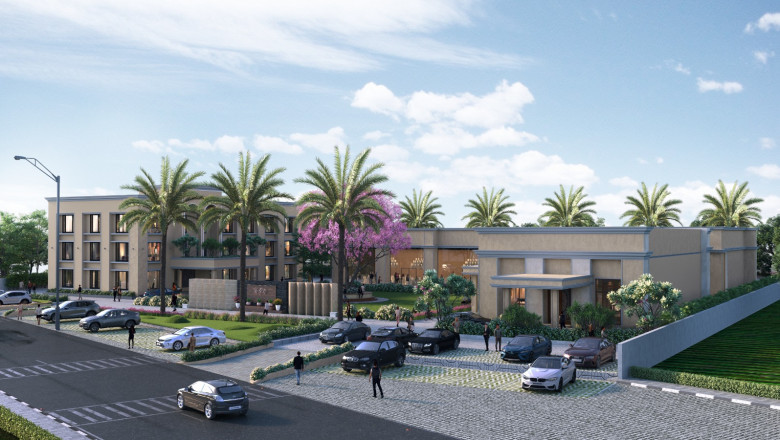views
In the competitive world of architecture and real estate development, visual representation plays a critical role in design, marketing, and client engagement. The traditional methods of showcasing properties—such as static images and physical models—are no longer enough to capture the full scope of a space. 360 property view technology has emerged as a transformative tool, allowing architects and builders to present immersive and dynamic perspectives that redefine how spaces are understood.
The Power of 360 Property Views in Architectural Planning
For architects, conceptualizing a property goes beyond its blueprint. Understanding spatial relationships, environmental integration, and design flow is crucial in crafting functional, aesthetically compelling structures. A 360 property view provides a detailed panoramic experience, enabling architects to explore every angle of a property as if they were physically present.
Builders also benefit from this technology by gaining a clearer understanding of project dimensions, material applications, and construction sequences. Instead of relying solely on 2D plans or static renderings, 360-degree visuals allow contractors to interact with the design virtually, ensuring precise execution and reducing costly errors.
How 360 Property Views Enhance Project Execution
1. Better Client Communication
Architects and builders often face challenges when presenting designs to clients unfamiliar with technical drawings. A 360 property view removes ambiguity by offering an interactive experience where clients can explore the property from multiple perspectives, making approvals smoother and reducing revisions.
2. Optimized Construction Planning
For builders, executing a project with precision depends on having clear visual references. With 360-degree views, site teams can assess layouts, verify proportions, and ensure alignment with architectural plans, leading to more efficient construction workflows.
3. Marketing and Pre-Sales Advantages
Real estate developers and architects use immersive property views as a marketing asset to attract investors and buyers. Instead of static images, showcasing a property through a 360-degree perspective allows prospects to tour spaces virtually, enhancing their engagement with the design.
Integrating 360 Property Views with Advanced Visualization Techniques
Architectural visualization continues to evolve, with interactive technologies enhancing traditional design presentations. Incorporating a 360 property view alongside an architectural walkthrough creates a seamless experience where clients and stakeholders can explore designs in detail. The ability to step inside a digital version of a property—examining every corner and visualizing potential modifications—streamlines decision-making and improves design accuracy.
Looking Ahead: The Future of Architectural Visualization
As architects and builders embrace digital tools, 360 property views will continue to shape industry standards. The integration of VR, AI-powered rendering, and automated visualization technologies will enhance immersion, allowing professionals to refine their designs with even greater precision.
For architects, builders, and developers looking to set themselves apart in an increasingly competitive market, leveraging 360 property view technology is an essential strategy. It elevates design presentations, improves project efficiency, and enhances the overall architectural experience—ensuring that concepts are transformed into fully realized, visionary spaces with maximum clarity and impact.













Comments
0 comment